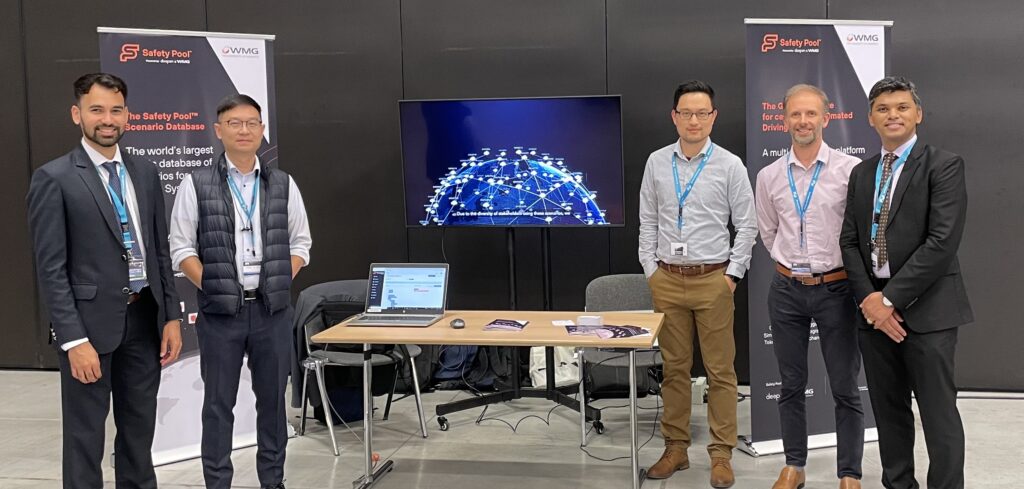The Safety Pool Scenario Database from Safety Pool is now open to the public to make autonomous vehicles (AVs) safer by enabling companies all over the world to share different test scenarios.
Safety Pool’s database features over 250,000 scenarios in different operational design domains (ODDs), which can be used by a range of companies and bodies including governments, industry and academia for testing and benchmarking Automated Driving Systems (ADS). Many of the scenarios within the company’s database are focused on finding failures in AVs.
Users are granted credits for submitting scenarios to the database. Each contribution is scored based on the individuality of the scenario and its validity. The credits given to companies that submit scenarios can then be used to access more scenarios within the database, encouraging growth.
“With the public launch of the Safety Pool Scenario Database, we are democratizing critical data that was not easily available in the ecosystem,” said Dr Siddartha Khastgir, head of verification and validation at WMG, University of Warwick in the UK. “By aligning with international standards and working closely with regulators and developers in the UK and internationally, we are driven by the mission of making safety of automated vehicles pre-competitive.”
Jamie McFaden, head of the Automated Vehicle Technologies Group at the UK’s Vehicle Certification Agency, added, “The Vehicle Certification Agency, the UK’s type approval authority, recognizes the importance of ODD-based testing and as a result is evaluating the use of the Safety Pool Scenario Database as part of the type approval process for automated driving systems.”
Each scenario has been launched in ASAM OpenScenario 1.1 and ASAM OpenDrive 1.6 formats. This enables further interoperability between stakeholders using ASAM OpenX standards for simulation-based testing of automated vehicles.
The scenarios vary greatly, covering urban environments, highways and an array of environmental conditions, including some where vehicles perform cut-ins or overtakes. Other use cases such as automated lane-keeping systems, low-speed shuttle, urban Level 4 and highway ADAS are also supported.
“By contributing and working within the Safety Pool framework, commercial stakeholders across AV fleet operators, OEMs, Tier 1 suppliers and all other Tier 2+ suppliers can massively accelerate verification and validation as well as share insights and edge cases that are very hard for single stakeholders to collect by themselves,” explained Mohammad Musa, CEO at Deepen AI.
Since launching the project in March 2021, over 450 organizations have enrolled in the Safety Pool Scenario Database. WMG will now work with regulators in the UK and abroad to enable safety assurance for automated vehicles through the Safety Pool Scenario Database.


